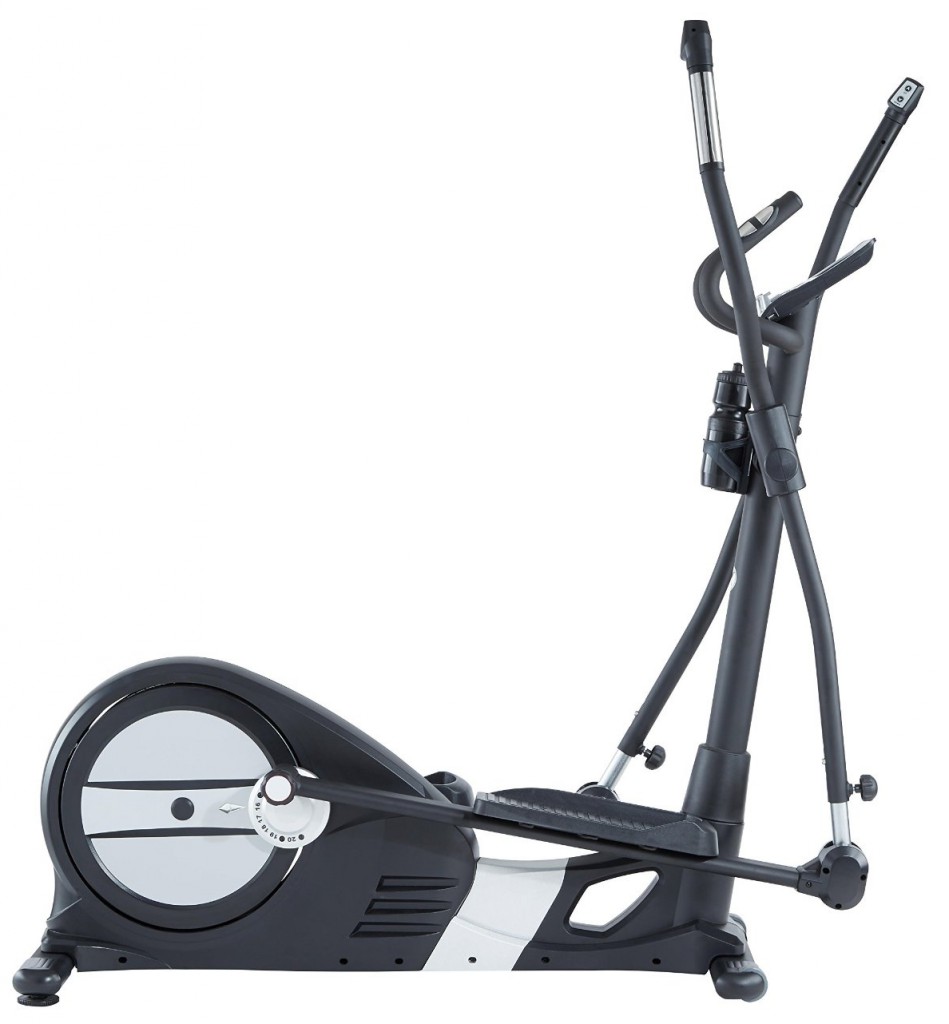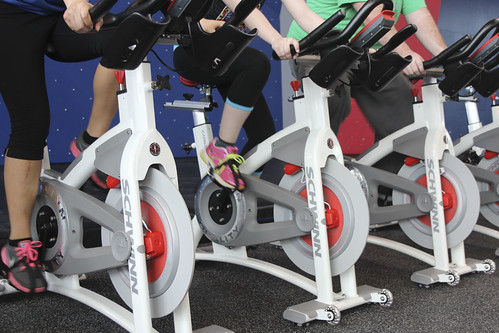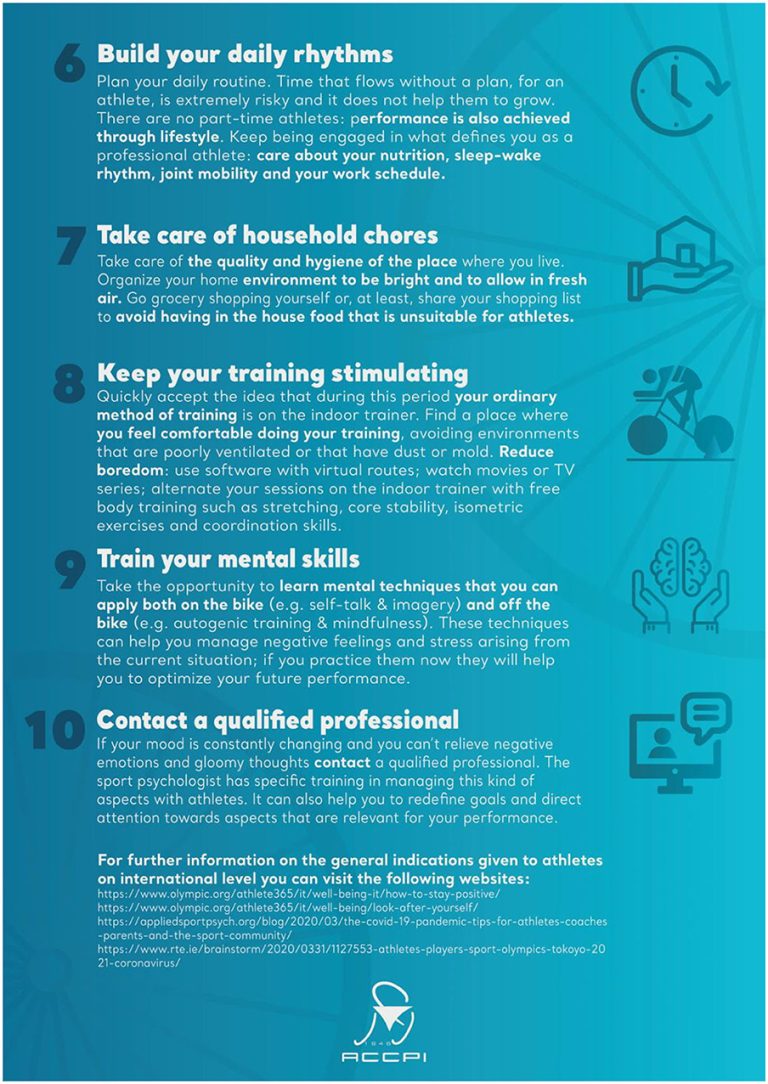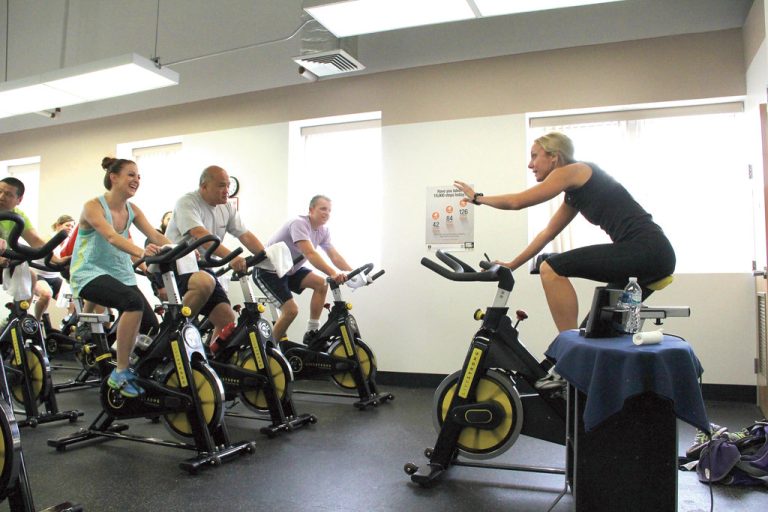# Advanced Cross-Training Techniques for Ultra-Cyclists: A Comprehensive Guide
Participating in ultra-cycling races or long-endurance rides demands more than just basic training. It requires specialized cross-training techniques to enhance athletic performance and prevent injuries. In this article, we’ll explore advanced training methods critical for ultra-cyclists aiming for success. We’ll cover specialized endurance training, cycling performance metrics, and mental resilience strategies. Whether you’re preparing for a 200-mile race or a multi-day cycling adventure, this guide will provide actionable insights to boost your performance.
## Why Advanced Training Techniques Matter for Ultra-Cyclists
Ultra-cycling is not just about pedaling for miles; it’s a demanding sport that tests your endurance, strength, and mental grit. For ultra-cyclists, advanced training techniques can make a significant difference. The integration of cross-training, which includes strength training, cardio, and flexibility exercises, enhances physical conditioning and adaptability to challenging conditions. It also aids in injury prevention and muscle growth, facilitating overall health and athletic performance improvement.
## Interval Training for Endurance Cycling
Interval training is a popular method to enhance cardiovascular fitness and cycling endurance. By alternating between high-intensity and low-intensity periods, cyclists can improve their VO2 max and overall stamina.
### Benefits of Interval Training
Interval training helps boost endurance by pushing your cardiovascular limits. It utilizes different heart rate zones, making your cardiovascular system more efficient.
1. **Improves Cardiovascular Health:** It strengthens your heart and increases oxygen delivery to muscles.
2. **Enhances Fatigue Resistance:** Regular intervals train your muscles to delay fatigue.
To maximize results, incorporate intervals once or twice a week, gradually increasing intensity and duration.
## HIIT for Cyclists
High-Intensity Interval Training (HIIT) is not just for runners or gym enthusiasts. Cyclists can greatly benefit from its metabolism-boosting properties.
### How HIIT Works
HIIT involves short bursts of intense exercise alternated with recovery periods. It’s effective for increasing the anaerobic threshold, allowing cyclists to maintain speed without tiring quickly.
1. **Boosts Metabolic Conditioning:** Enhances calorie burn and boosts endurance.
2. **Improves Heart Rate Recovery:** Allows faster recovery between cycling bursts.
Start with 20-30 second sprints followed by 1-2 minutes of recovery. Gradually increase the sprint duration and reduce recovery as you progress.
## Power-based Training for Ultra-Cycling
Power-based training involves using a power meter to track the cyclist’s performance based on watts per kilogram (W/kg). It provides precise data to tailor training sessions.
### Steps for Power-based Training
1. **Set a Baseline:** Measure your current power output to determine strengths and weaknesses.
2. **Target Specific Zones:** Focus on different power zones like endurance, tempo, and threshold.
3. **Monitor Progress:** Use power meter readings to adjust training intensity.
## Using Heart Rate Zones in Cycling
Cycling training isn’t complete without understanding heart rate zones. These zones help tailor efforts during different phases of a ride.
### Heart Rate Zones Explained
– **Zone 1:** Recovery
– **Zone 2:** Endurance
– **Zone 3:** Tempo
– **Zone 4:** Threshold
– **Zone 5:** VO2 Max

Track your heart rate to maximize training efficiency in each zone, ensuring you train without overexerting your muscles.
## Cycling Performance Metrics
Understanding performance metrics is crucial for ultra-cyclists. Metrics like cycling cadence, VO2 max improvements, and watts per kilogram help evaluate progress and identify areas for improvement.
### Key Metrics:
– **Cycling Cadence:** It’s the revolutions per minute (RPM) of your pedal stroke. Aim for an optimized cadence for increased efficiency and reduced fatigue.
– **VO2 Max Improvements:** A higher VO2 max reflects better aerobic capacity. Use exercises focused on boosting this metric.
– **Watts per Kilogram (W/kg):** Tracks your power-to-weight ratio, providing insights on how well you climb and handle endurance demands.
Regularly track these metrics for substantial improvements in athletic performance.

## Mental Resilience and Motivation
Ultra-cycling demands mental fortitude. Incorporating mental training can significantly enhance performance on race day.
### Mental Resilience Techniques
1. **Mindfulness Techniques:** Practice focusing on the present moment to reduce anxiety.
2. **Visualization Exercises:** Visualize your race to mentally prepare for different scenarios.
3. **Overcoming Race-day Anxiety:** Develop strategies to manage stress and focus on the task at hand.
Engaging in these exercises develops a robust mental framework, equipping you to face challenges confidently.
## Personalized Regimen for Ultra-Cyclists
A personalized regimen is essential for addressing individual needs and goals. Consider a multi-discipline approach by combining strength, agility, and core training.
### Building a Personalized Plan
1. **Assess Current Fitness Levels:** Use performance metrics to identify starting points.
2. **Set Clear Goals:** Define short-term and long-term objectives.
3. **Incorporate Active Recovery:** Include days of light activity to prevent burnout.
4. **Emphasize Flexibility:** Include yoga or stretching to improve balance and prevent injuries.
By designing a tailored training plan, cyclists can achieve optimal physical conditioning and enhance adaptability.
## Data and Research Supporting Training Techniques
Advanced training techniques have robust scientific backing. Studies show that interval training significantly improves cardiovascular health and cycling efficiency. Research from [source] indicates that power-based training leads to measurable increases in W/kg, while mental resilience practices result in better focus and reduced anxiety.
## Conclusion
Incorporating advanced training techniques into an ultra-cyclist’s routine can significantly impact performance. Whether through interval training, power-based programs, understanding heart rate zones, or strengthening mental resilience, these methods enhance endurance and overall health. We encourage readers to explore these practices, integrate them into training, and share their experiences.
## FAQs
**Q1: What is the best way to start interval training for cycling?**
A1: Begin with moderate intervals, such as 1 minute of high-intensity followed by 2 minutes of low-intensity. Gradually increase intensity over weeks.
**Q2: How do I use power-based training to improve performance?**
A2: Use a power meter to track W/kg. Focus on specific power zones to enhance different aspects like endurance and climbing ability.
**Q3: How can I overcome race-day anxiety?**
A3: Practice mindfulness and visualization techniques regularly. Develop a pre-race routine to maintain calmness and focus.
**Q4: What metrics are crucial for monitoring cycling performance?**
A4: Key metrics include cycling cadence, VO2 max, and watts per kilogram, each providing insights into different performance aspects.
**Q5: How often should I incorporate active recovery into my training regimen?**
A5: Include at least one active recovery day per week. Light activities such as yoga or walking aid in muscle recovery without causing fatigue.





